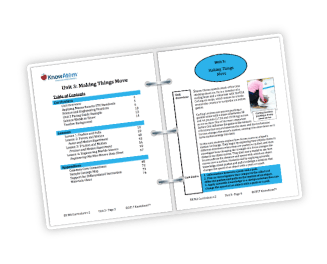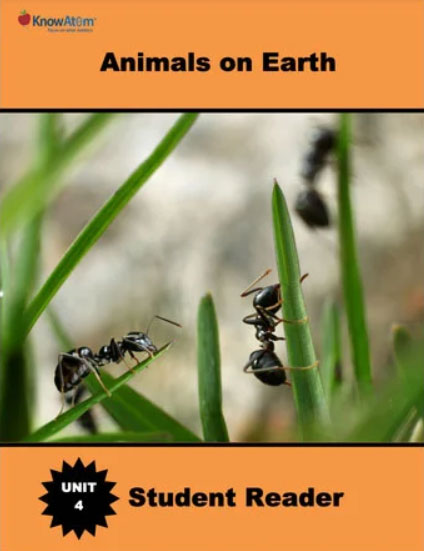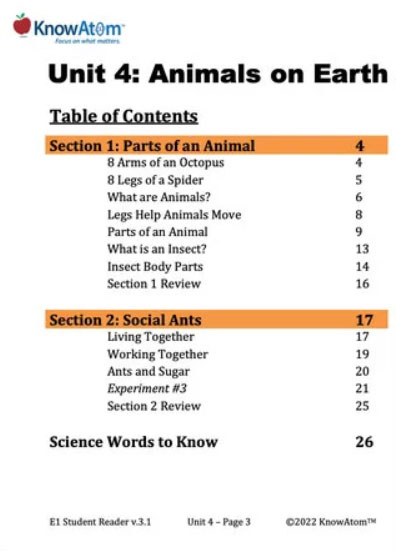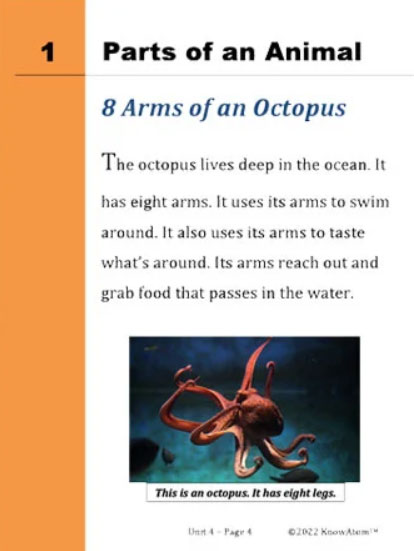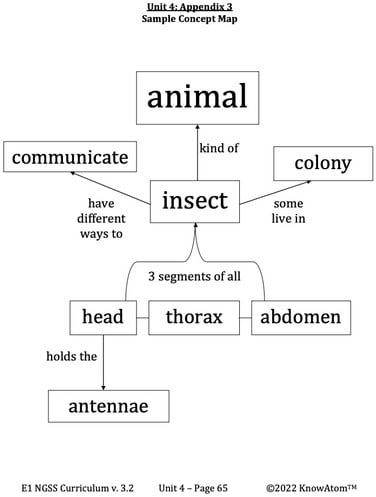Abdomen: the back segment of an insect where the stomach is; some insects also have stingers here
Animal: a living thing that needs to eat other living things for energy, breathes oxygen, and undergoes growth and reproduction
Antennae: body parts of insects that are used to smell, touch, and taste things
Colony : a group of insects living together in one space; ants, bees, and wasps live in colonies
Communicate: to share information with
Head: the front segment of an insect where the antennae, mouthparts, and eyes are found
Insect: an animal with an exoskeleton, six legs, and three body segments (head, thorax, and abdomen)
Thorax: the middle segment of an insect where the legs and wings are found

